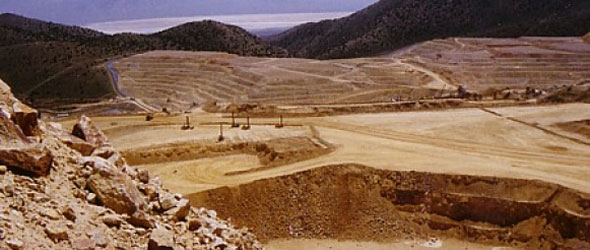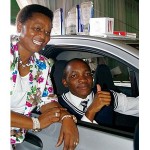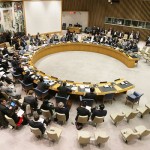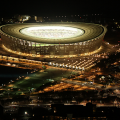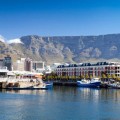Cape Town – The government is on target with regards to turning South Africa into a “huge construction site” with the launch this week of the fourth Strategic Infrastructure Projects (Sips) since February this year, President Jacob Zuma said on Wednesday.
“We are poised to meet our target of turning South Africa into a huge construction site,” said Zuma, presenting the Presidency’s Budget Vote in Parliament.
The launch of the Integrated Municipal Infrastructure Projects on Monday adds to three other projects launched since last month.
The Integrated Municipal Infrastructure Projects, led by Minister of Energy Dipuo Peters, aims to provide basic services to the country’s poorest 23 municipalities.
The three other projects are:
The Saldanha-Northern Cape Development Corridor, launched on May 15 and led by the Minister of Economic Development Ebrahim Patel.
The Integrated Urban Space and Public Transport Programme, which targets the country’s 12 largest urban areas and promotes better urban planning and transport plan. The programme was launched on May 11 and is led by the Minister of Co-operative Governance and Traditional Affairs Richard Baloyi.
The unlocking of the Northern Mineral Belt, led by the Minister of Public Works Thulas Nxesi, which was launched on April 13.
Added to this, in March the government launched phase 2 of Dube Tradeport and the Port of Ngqura, which form part of the Durban-Free State-Gauteng industrial and logistics corridor and the South Eastern Node, respectively.
Zuma said the R1 billion rebate on port charges and Transnet’s R300 billion market demand strategy were now also being implemented.
Next week Zuma will visit the Medupi power station, for the boiler test session, which has already helped double the economy of Lephalale, Limpopo.
He said he would also next week visit the Eastern Cape to switch on the lights for the four-millionth electricity user, since the inception of the government’s electrification programme in 1991.
Zuma said the lower increase in electricity tariffs – from the 25.9% which Nersa initially granted to 16% – would put more than R8 million back into the economy this year.
But he said this approach needed to be balanced by maintaining a predictable and stable pricing framework over a longer period of time.
“Life is certainly getting better for many each day. It may not happen as fast as we want, but progress is there for all to see,” he said.
The President said the issue of land reform remained contentious, but needed to be finalised, particularly as the 100th centenary of the 1913 Land Act drew near.
He said South Africa had come along way since 1994, but that more needed to be done.
To contribute to healing efforts and produce a strategy on social cohesion, the Department of Arts and Culture would in July host a conference in Soweto to discuss how the country could help those of different backgrounds come together.
“Indeed we should talk, work together and create the type of society that we envisage,” he said.
He said South Africa would soon resume official relations with Somalia, and would also assist Libya with reconstruction and if requested, the setting up of democratic institutions.
Zuma said all departments must adhere to paying suppliers within 30 days, pointing out that the National Treasury had on November 13 last year issued a practice note to all departments to report non-compliance and reasons thereof by the 7th day of each month and 15th day for provincial departments.
Added to this, national departments must pay debts they owe to provincial departments he said.
Vacancies must be filled within four months and not the current nine months.
He said a team from the Department of Performance Monitoring and Evaluation and the officers of the premiers had conducted hundreds of unannounced visits to several offices that were at the coalface of service delivery.
These included 134 unannounced visits to 19 SA Social Security Agency offices, 24 schools, seven courts, 22 police stations, 42 health-care institutions, 11 driver’s licence centres and nine Home Affairs offices.
He said for example, the Industrial Development Corporation (IDC), the SA Microfinance Apex Fund (Samaf), the Department of Home Affairs and SA Police Service (SAPS) had all improved their turnaround times – a testament to the quality of leadership in these institutions.
He said of the more than one million calls made to the Presidential Hotline since it started in 2009, 70% were complaints, 28% inquiries, two percent suggestions and complements. – BuaNews
